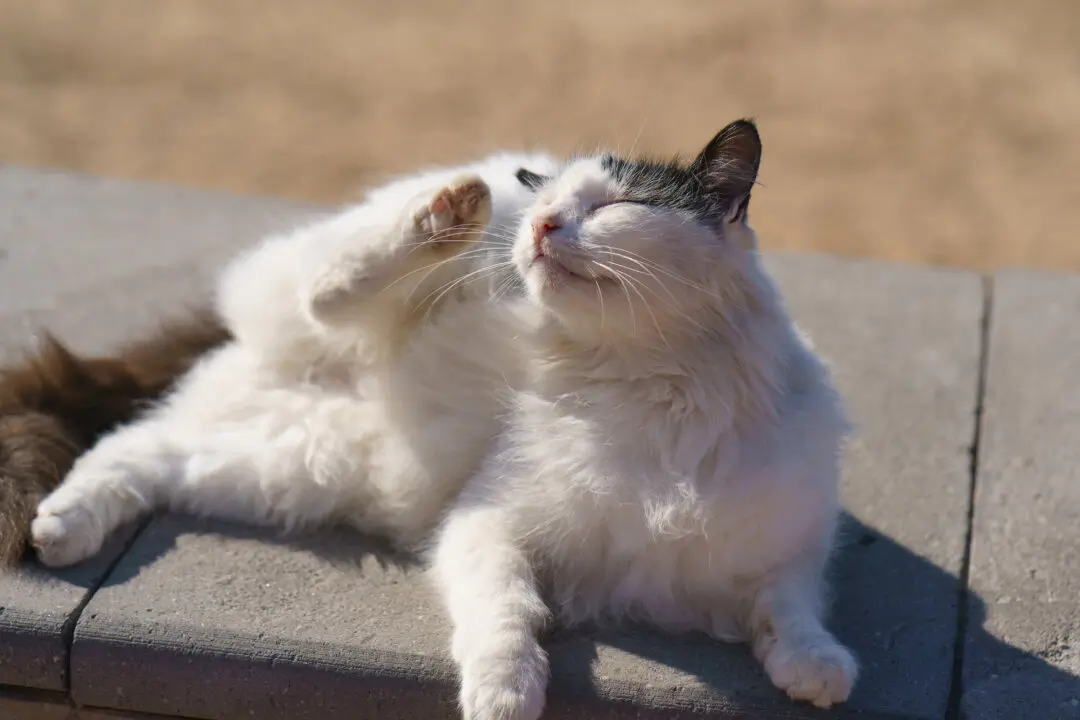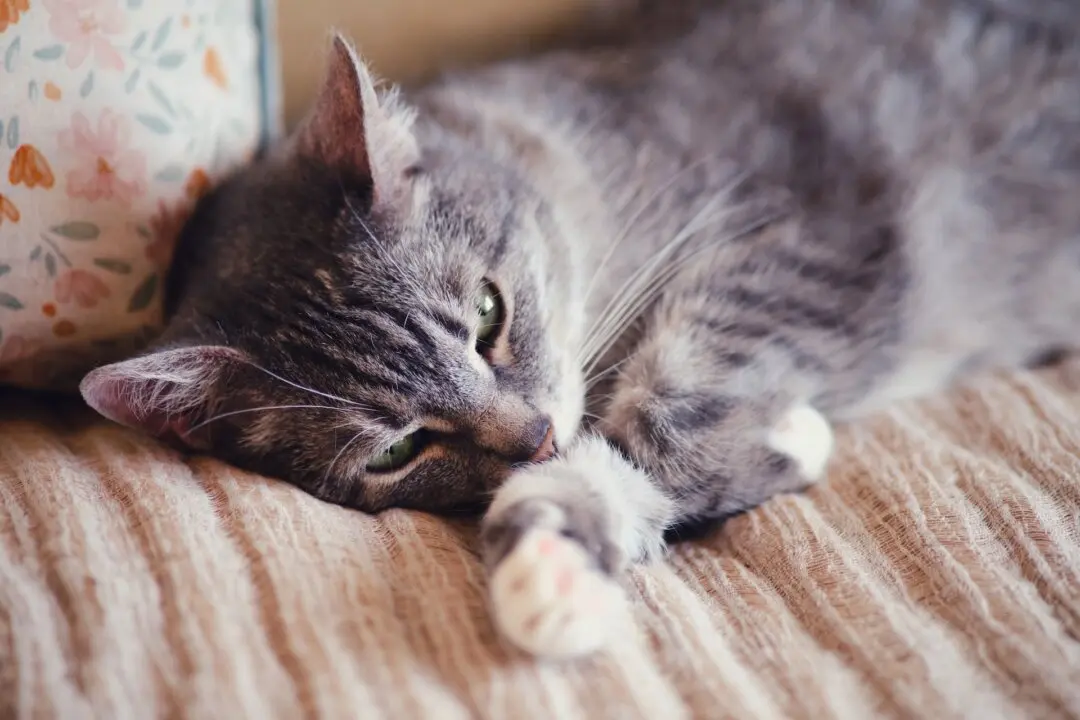Q: At my Yorkshire terrier’s recent wellness visit, we saw a new veterinarian, a woman with surprisingly long fingernails. My Yorkie needed to have her anal sacs emptied, as she often does, and I was afraid the vet’s long nails would hurt her, so I asked that someone else empty them. Was my request rude or out of place?
A: Not at all. Long nails can certainly cause discomfort during a rectal exam and when emptying anal sacs. They may also make abdominal palpation uncomfortable for the pet.





